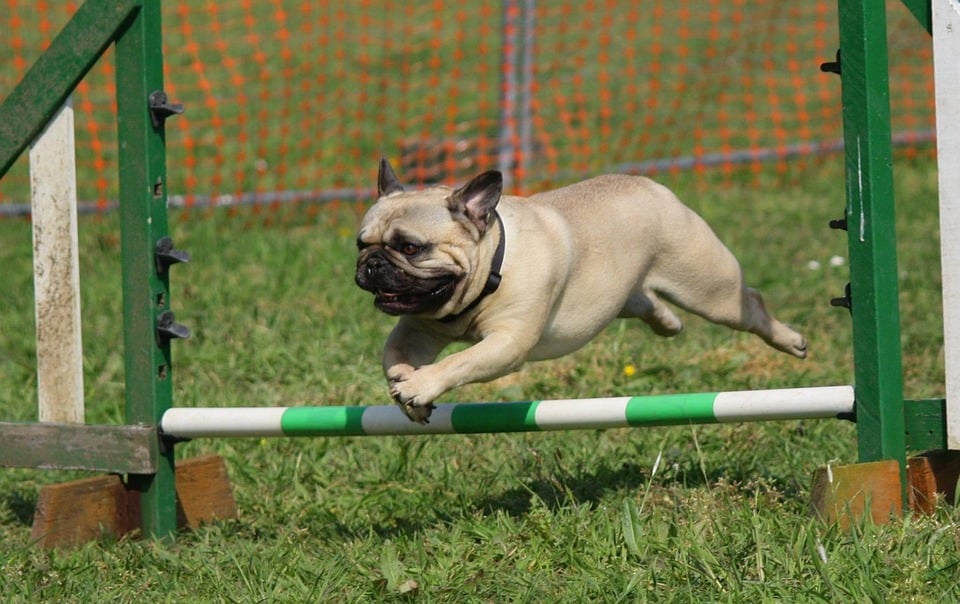The Do’s and Don’ts of Puppy Training
Puppies are undeniably adorable and bring joy to our lives. However, they can also be quite a handful if they are not properly trained from a young age. Puppy training is not only about teaching them basic commands but also ensuring they grow into well-behaved and socialized adults. To help you navigate the sometimes overwhelming world of puppy training, we have compiled a list of essential do’s and don’ts. By following these guidelines, you can ensure a smooth and successful training experience for both you and your furry friend.
The Do’s:
1. Start early: Puppy training should begin as soon as you bring your new companion home. Puppies are like sponges, absorbing information and learning quickly during their early weeks. Use this time to introduce them to various environments, people, and situations to build their confidence and social skills.
2. Use positive reinforcement: Positive reinforcement is the key to successful puppy training. Reward your puppy with treats, praise, and affection whenever they exhibit good behavior or follow a command. This will encourage them to repeat the desired behavior and create a strong bond between you and your furry friend.
3. Be consistent: Consistency is crucial in puppy training. Establish clear rules and boundaries and ensure that everyone in the household follows them consistently. For example, if you don’t want your puppy on the furniture, don’t allow them on the couch even once as it may confuse them.
4. Focus on socialization: Proper socialization is vital to develop a well-rounded and friendly adult dog. Expose your puppy to different people, animals, and environments to help them feel comfortable and confident in various situations. Enroll them in puppy socialization classes or organize playdates with other well-mannered dogs to encourage positive interactions.
5. Use short training sessions: Puppies have short attention spans, so keep training sessions brief and frequent. Aim for multiple short sessions throughout the day instead of one long session. This will keep your puppy engaged and prevent them from becoming bored or overwhelmed.
6. Practice patience: Training a puppy requires patience and understanding. Remember that they are still learning and may make mistakes. Stay calm and refrain from using harsh punishments or scolding, as it can damage your pup’s trust and hinder their progress. Instead, redirect their behavior towards the desired action and reward when they comply.
7. Crate training: Crate training is an essential part of puppy training, as it provides them with a safe and secure space that they can call their own. Introduce the crate gradually, making it a positive and comfortable environment by using treats, toys, and bedding. Allow your puppy to explore the crate at their own pace and never use it as a form of punishment.
The Don’ts:
1. Punish or yell at your puppy: Punishing your puppy or yelling at them when they make a mistake will only scare or confuse them. It can lead to fear-based behaviors and hinder their progress in training. Instead, focus on reinforcing positive behaviors and redirecting them away from inappropriate actions.
2. Neglect socialization: Failing to socialize your puppy can lead to fear, aggression, and poor behavior in adulthood. Expose your puppy to new situations, people, and animals gradually, ensuring positive experiences that build their confidence and social skills.
3. Use physical force: Never resort to physical force or harsh methods during puppy training. This includes hitting, alpha rolls, or using choke or shock collars. These methods are not only cruel but can also damage the bond between you and your pup, leading to fear and aggression.
4. Train when tired or hungry: Puppies, like human babies, get tired and hungry easily. Avoid training sessions when your puppy is tired or hungry, as they will struggle to concentrate and may become easily frustrated. Ensure they have had proper rest and have been fed before attempting any training activities.
5. Overdo training: While consistency is important, overdoing training sessions can overwhelm your pup. Avoid training for long periods, as it can lead to frustration and mental exhaustion. Keep the sessions short, fun, and rewarding to maintain your puppy’s interest and engagement.
FAQs:
Q: What is the best age to start training a puppy?
A: The best age to start training a puppy is as soon as you bring them home, typically around 8 to 12 weeks of age. Early training helps establish good habits and socialization skills at a young age.
Q: How often should I train my puppy?
A: Puppies have short attention spans, so it is best to have multiple short training sessions throughout the day, ideally 5-10 minutes each. Frequency is more important than duration when it comes to training.
Q: What are some essential commands to teach a puppy?
A: Some essential commands to teach a puppy include sit, stay, come, down, and leave it. These commands provide the foundation for good behavior and control in different situations.
Q: Should I enroll my puppy in training classes?
A: Enrolling your puppy in training classes can be highly beneficial, as they provide professional guidance and opportunities for socialization with other puppies. Look for reputable trainers that use positive reinforcement techniques.
Q: How long does it take to fully train a puppy?
A: Training a puppy is an ongoing process that requires consistency. While basic commands and house manners can be taught within a few months, full training and behavioral development can take up to a year or more.
Remember, puppy training is a journey that requires time, patience, and consistency. By following the do’s and don’ts outlined above, you can lay the foundation for a well-behaved and happy furry friend. Enjoy the process, celebrate milestones, and always remember to reward good behavior. Happy training!

